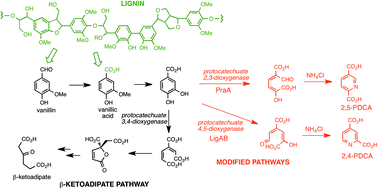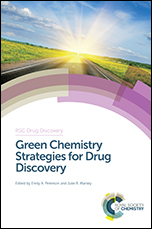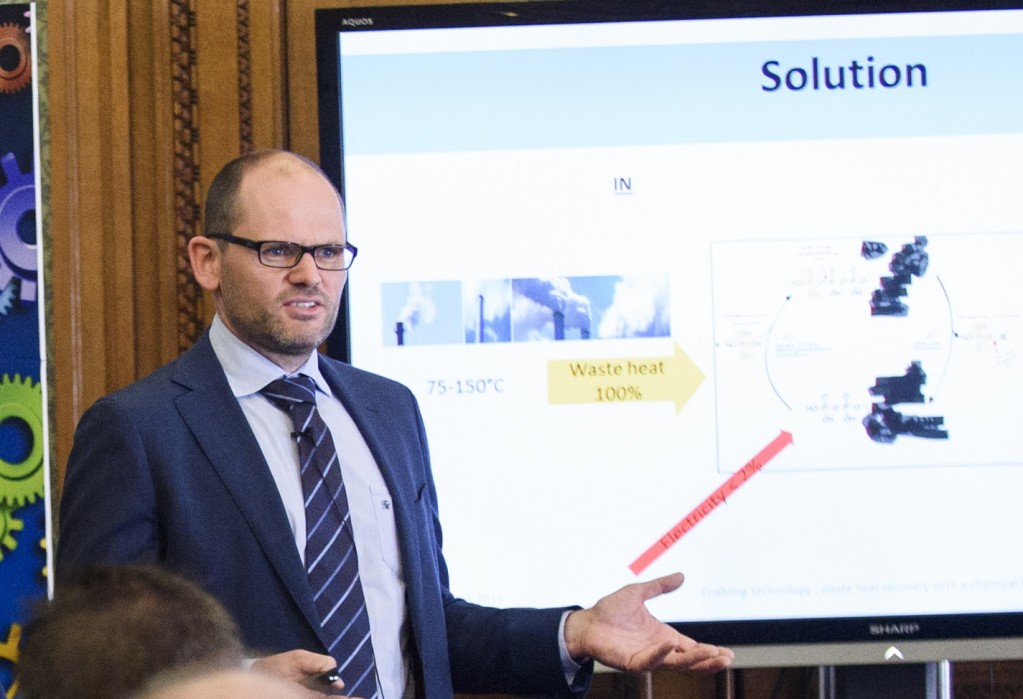Green Chemistry Advisory Board member Christian Stevens has won first prize in the Energy & sustainability stream of the Royal Society of Chemistry’s Emerging Technologies Competition 2015. In this third year of the competition, applications were also accepted from outside the UK which enabled Christian and Wouter Ducheyne, of Ghent University and Caloritum in Belgium, achieve this success.
Their winning technology is a ‘Chemical pump for recovery of industrial waste heat’ and was developed jointly by the University of Ghent and Caloritum. It is an industrial chemical heat pump that can recover waste heat between 75-150°C and increase this to a useful heat level of over 200°C. This is a bio-inspired technology, being based on the phosphate transfer in the ATP-ADP cycle that occurs in the human body. Addressing a problem that cost the EU over €52bn per year, the patented technology can be implemented in production processes ranging from the petrochemical industry to food production and power generation.
The Emerging Technologies Competition is the Royal Society of Chemistry’s flagship annual innovation event and saw thirty teams pitch their emerging technologies to experienced judging panels. There are three streams to the competition: Healthcare, Energy & sustainability, and Materials and the top three teams in each stream received a prize at the ceremony on Monday 29th June 2015. First prize winners receive a cash prize of £20,000, a profile in Chemistry World magazine, and a personalised package of tailored business support from one or more of the competition partner companies – all of which are major multinationals (such as Croda, Procter & Gamble, Pfizer, GSK etc.) with considerable experience in bringing new products to market.
We would like to congratulate Christian Stevens and Wouter Ducheyne for achieving this accolade.
Pictured: Christian Stevens (left) and Wouter Ducheyne (right), pitching at the annual innovation event.


















